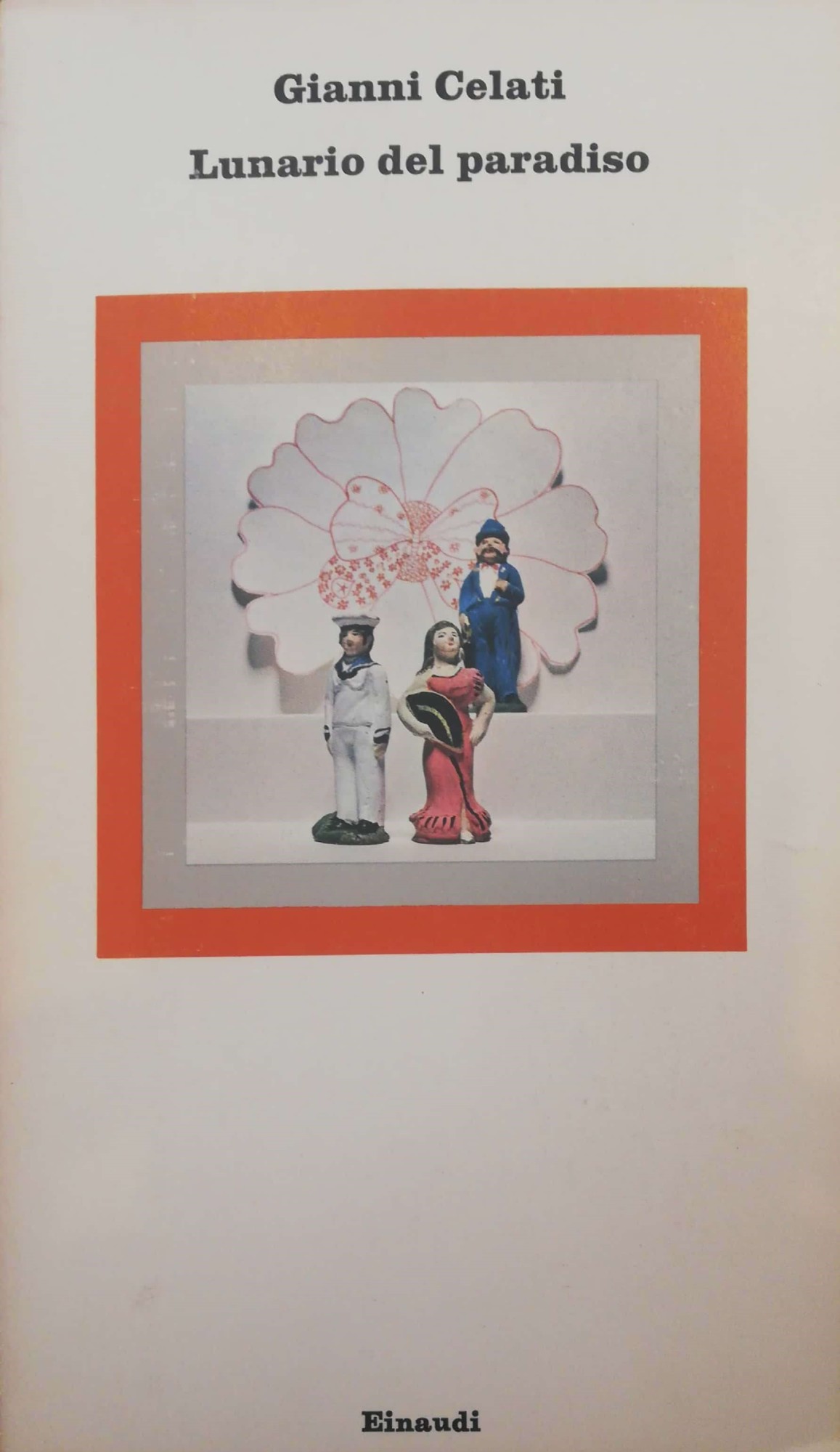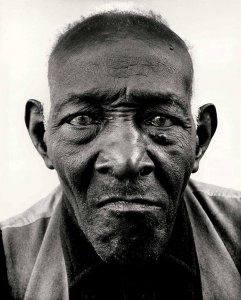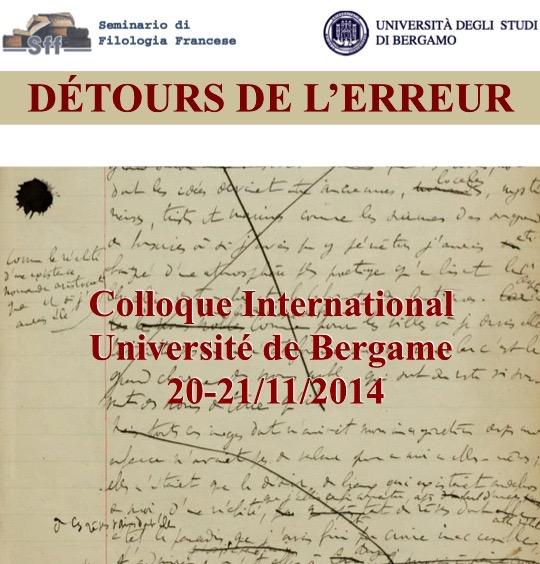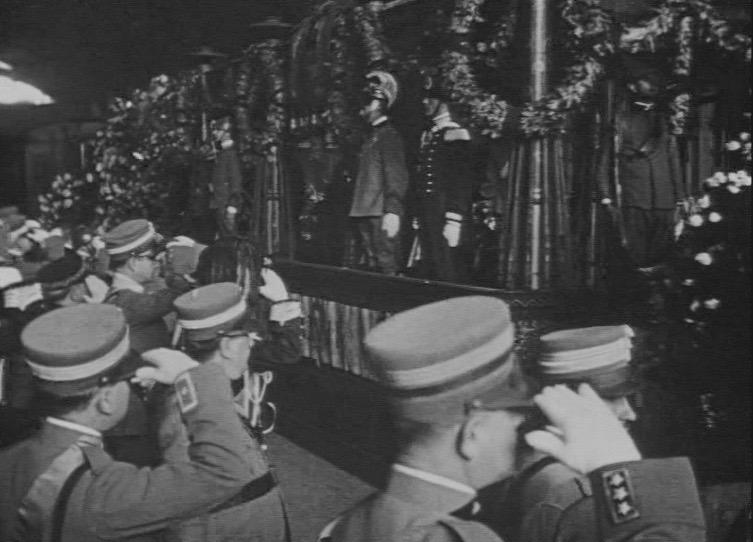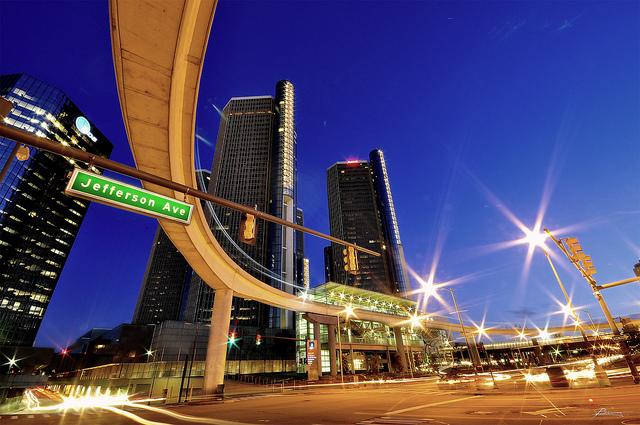Archives
-
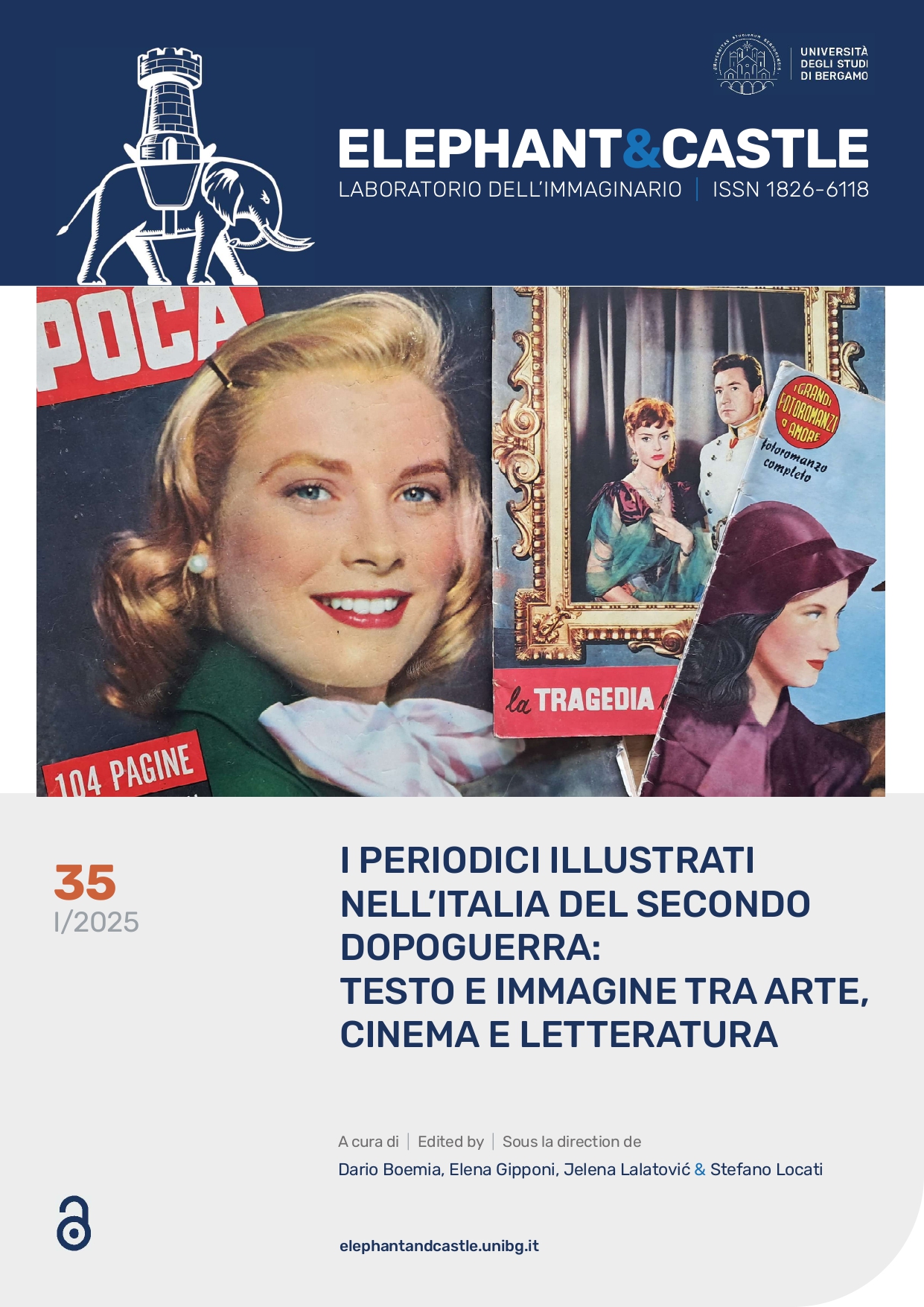
I periodici illustrati nell'Italia del secondo dopoguerra: testo e immagine tra arte, cinema e letteratura
No. 35 (2025)edited by Dario Boemia (Università IULM Milano), Elena Gipponi (Università IULM Milano), Jelena Lalatović (University of Zagreb) and Stefano Locati (Università IULM Milano).
Between 1945 and 1957, illustrated magazines became essential cultural tools in postwar Italy, navigating the tension between innovation and continuity with the fascist past. Periodicals emerged as visual and narrative laboratories, where text and image worked together to shape a new collective identity. Through periodical studies and interdisciplinary perspectives, the special issue explores changes in content, format, and language. Publications like Epoca, Tempo, Il Borghese, Grand Hôtel, and Civiltà delle macchine reflect the dynamic interplay between graphic tradition, modern aspirations, and shifting social contexts. Amid cultural revival, political reconciliation, and the resurfacing of national memory, illustrated magazines became privileged platforms to negotiate values, ideologies, and imaginaries.
For the high-resolution PDF: urly.it/31bqb1
-

Eros and other demons or The Peripeteia of the Symposium: from Plato to the 20th Century
No. 34 (2024)edited by Paolo Cesaretti (Università degli studi di Bergamo), Ioannis M. Konstantakos (National and Kapodistrian University of Athens) and Cecilia Nobili (Università degli studi di Bergamo).
A theatrical experience featuring the staging of Plato's Symposium at the University of Bergamo provides an opportunity to reflect on this text and its elements of "theatricality," on the resonance it continues to manifest in European culture after centuries, and on the symposium itself as a cornerstone institution of Greco-Roman culture and beyond. The collection of contributions gathered in this volume, authored by scholars from various disciplines, offers a new perspective on the symposium in its broader dimensions—ritual, diachronic, and geographically widespread—and echoes the voices of Socrates and Diotima, not only in theater but also in art, literature, and philosophy.
-
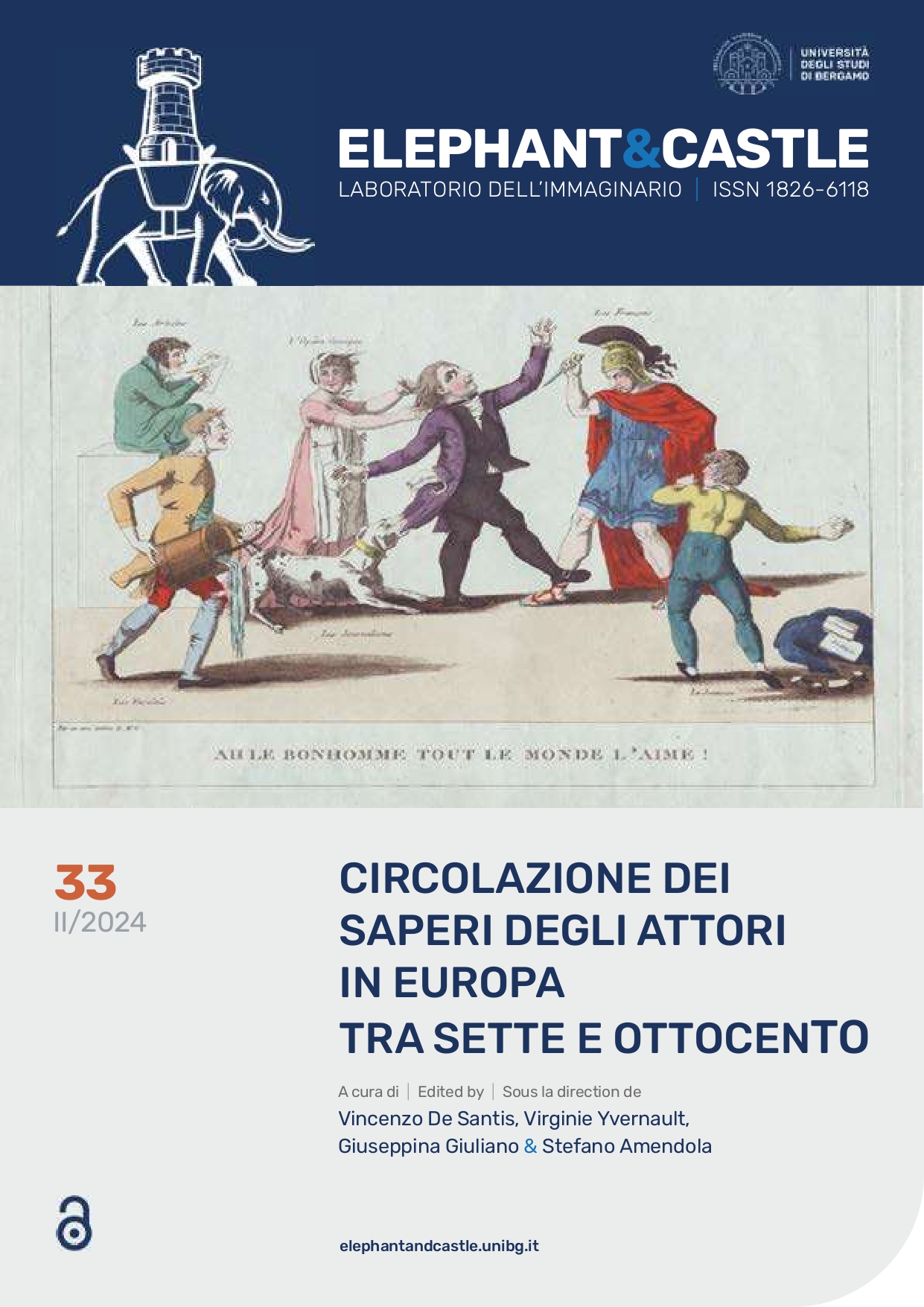
The Circulation of Actor Knowledge in 18th and 19th Century Europe
No. 33 (2024)edited by Vincenzo De Santis (Università di Salerno), Virginie Yvernault (Sorbonne Université), Giuseppina Giuliano (Università di Salerno), Stefano Amendola (Università di Salerno)
Recent studies on 18th and 19th-century acting have effectively reconstructed national traditions and their evolutions across Europe, traced the careers of popular actors and their engagement with foreign cultures, and examined acting within social, historical, and media contexts. The Enlightenment era marked a pivotal shift in acting evolution, driven by increased attention to the visual and material aspects of theatre across Europe and exchanges with other knowledge fields. The proliferation of acting elevated the actor's craft to an art form on par with literary creation, recognizing actors as creators of unique artistic works. This newfound dignity is evident in portraits and iconographic representations, like Garrick's portrait by Pompeo Batoni, and continued into the 19th century with the industrialization of theatre and the rise of stardom. The studies presented here investigate the transmission and circulation of actor knowledge between France, Germany, England, Italy, Russia, and Spain during the 18th and 19th centuries, exploring themes such as translations and adaptations of acting treatises, international actor training, and the interplay between dramatic and other scientific knowledge.
-

Movimento III. Rigenerazioni, passaggi, transcodifiche
No. 32 (2024)edited by Fabio Cleto (Università degli studi di Bergamo), Stefania Consonni (Università degli studi di Bergamo) Carmen Sancho Guinda (Universidad Politécnica de Madrid) and Karen Van Godtsenhoven (Ghent University)
In the third and last issue devoted to the interdisciplinary space-time notion (and image) of ‘movement’, we explore the concept and phenomenology of ‘regeneration’. After defining the notion’s prospective-and-cognitive nature as a shared modelling of experience and the weaving of its discursive and textual dimension, we focus on that subtle, intricate and sometimes broken geometry which gives shape to textual, representative and socio-cultural processes of crystallization, transmission, evolution, survival and regeneration within an increasingly complex ecosystem, which includes (and often mingles) film, TV, literature, music, fashion, art, and various other entertainment practices. Based on a deep interrelation between communicative surfaces and models of cultural production and consumption, and surrounded by the more and more elastic and permeable boundaries of present-day communicative genres and creative codes, regeneration therefore appears as key to a ceaseless movement that keeps the objects of our culture, as we know them, in a state of presence.
-

Movement II. Genealogies, matrices, filiations
No. 31 (2023)edited by Fabio Cleto (Università degli studi di Bergamo), Stefania Consonni (Università degli studi di Bergamo) and Valeria Finucci (Duke University)
the second issue devoted to the interdisciplinary space-time notion (and image) of ‘movement’, we go back to ‘generations’. After defining the notion’s prospective-and-cognitive nature as a shared modelling of experience that gives shape and body to a specific historical-semantic-experiential succession, we focus on the weaving of its discursive and textual dimension, i.e., on the creative fashioning of Genealogies, matrices and filiations. Moving on to the wider, and deeper, issue of movement as the representation of generational imagination, we explore the (primarily linguistic and discursive) processes that – through specific strategies of communicative, expressive, symbolic and metacognitive structuring – generate people’s modelling of memory and sense.
-

Movement I. Generations, histories, transformations
No. 30 (2023)edited by Fabio Cleto (Università degli studi di Bergamo), Stefania Consonni (Università degli studi di Bergamo) and Eugenia Allier Montaño (Universidad Nacional Autónoma de México)
Movement is a space-time metaphor without which our visual and linguistic culture would barely be imaginable. Functionality, dynamism, change and relationality are just some of its material, symbolic and social facets, along with displacement, motility, emotionality; socio-political mobilisations and socio-cultural changes; creative and artistic manifestos; forms of architectural, plastic, cinematographic, and media language. In the first of three issues devoted to movement, we look at Generations, Stories, Transformations, i.e., at experiential realities that take on a specific generational semantic form, transforming cohorts into communities of memory and meaning, materialising processes of tension, antagonism, transmission and difference among individual stories, collective memories and cultural imaginations.
-
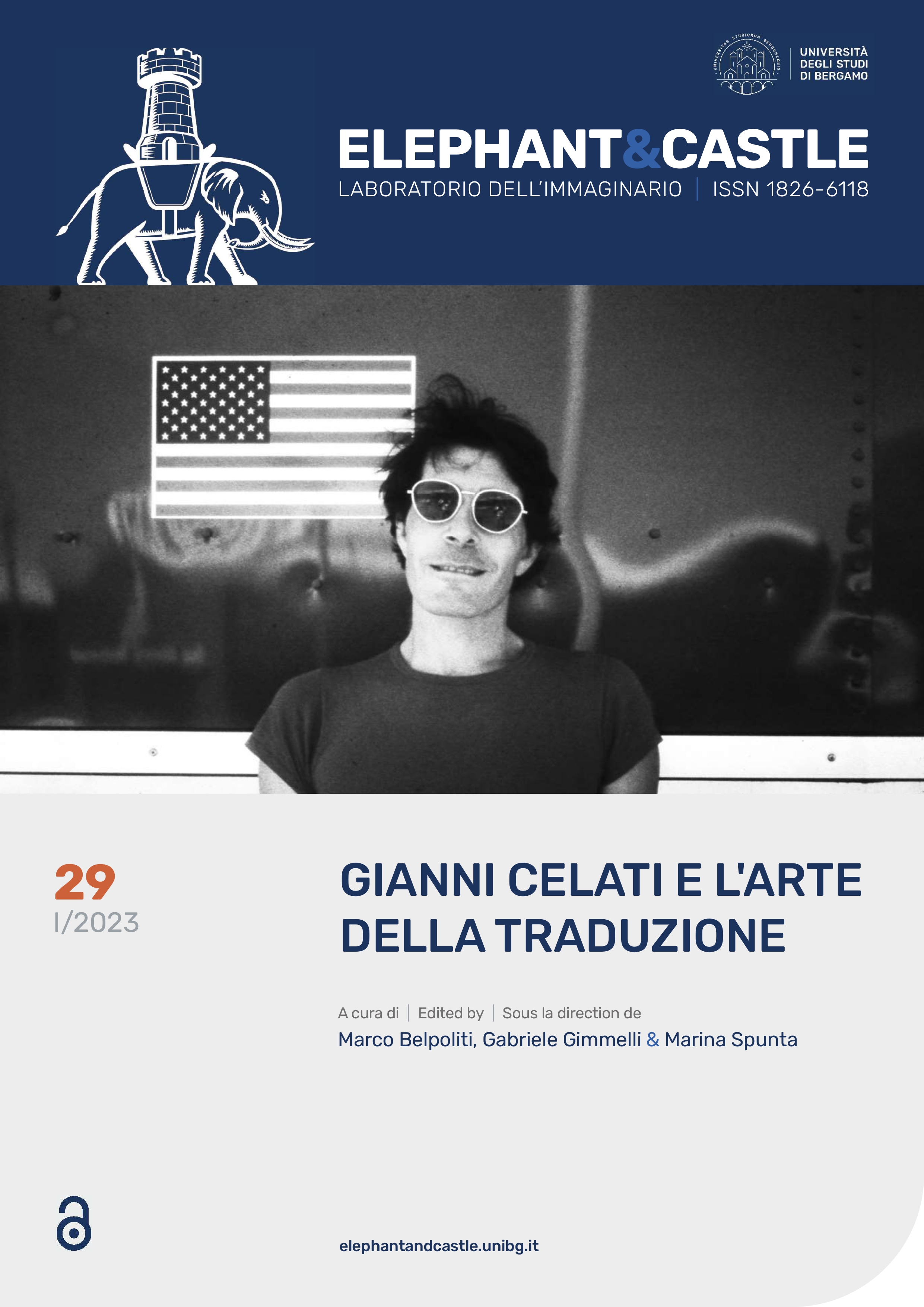
Gianni Celati and the art of translation
No. 29 (2023)edited by Marco Belpoliti (Università degli studi di Bergamo), Gabriele Gimmelli (Università degli studi di Bergamo) and Marina Spunta (University of Leicester)
A monographic issue in memory of Gianni Celati (1937-2022), paying tribute to his work and poetics by adopting a new approach that focuses on his longstanding activity as a translator. Through essays and testimonies, the issue focuses on the specific idea of translation proposed by Celati, which has always been understood as an integral part of a cultural tradition that goes beyond the boundaries of authorship, toward an idea of dialogue between different texts. At the same time, the issue intends to fit into the current revisiting of translation studies: in fact, inscribing Celati’s work in a broader theoretical discourse reveals how his translation practice appears to be in line with the key points of the most recent trends in the discussion on the subject.
-

Mediacene
No. 28 (2022)edited by Adriano D'Aloia (Università degli Studi di Bergamo), Jacopo Rasmi (Université Jean Monnet-Saint-Etienne)
We now live in the Mediacene, a geological era characterized by the crucial impact of technologies of perception, information and transport on the historical and environmental context in which we live. Having become real living environments, the contemporary media are regulators of a multimodal sensitivity on which our awareness of the challenges and pitfalls of the now full-blown ecological crisis depends. This issue offers some food for thought on the current state of the discourse on media ecology, in search of a new ecosystemic paradigm for describing the relationship between living beings and the planet.
-

Artists Animals
No. 27 (2022)edited by Elio Grazioli (Università degli Studi di Bergamo), Maria Elena Minuto (Université de Liège)
-
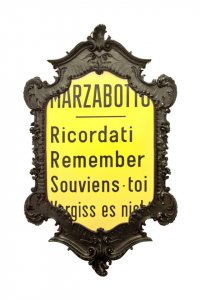
Artist's figures
No. 25 (2021)a cura di Eloisa Morra (University of Toronto), Giacomo Raccis (Università degli Studi di Bergamo)
-
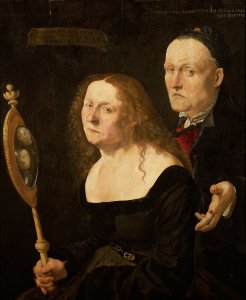
Mimetophobia
No. 24 (2020)edited by Michele Di Monte, Benjamin Paul (Rutgers University), Silvia Pedone (Accademia dei Lincei)
-

30 years of "Twin Peaks"
No. 23 (2020)a cura di Jacopo Bulgarini d'Elci, Jacques Dürrenmatt (Université Sorbonne Paris)
-

Transparencies
No. 22 (2020)a cura di Silvia Casini (University of Aberdeen), Francesca Di Blasio (Università degli Studi di Trento), Greta Perletti (Università degli Studi di Bergamo)
-
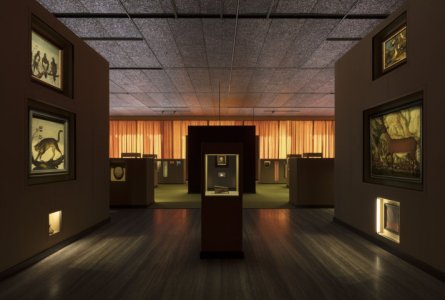
Dove va il museo
No. 21 (2019)a cura di Sara Invernizzi (Università degli Studi di Bergamo), Arnaud Maillet (Sorbonne Université Paris), Giovanni Carlo Federico Villa (Università degli Studi di Bergamo)
-
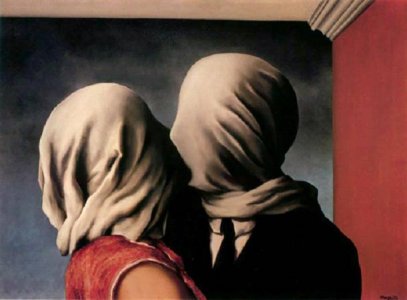
The secret
No. 20 (2019)a cura di Raul Calzoni (Università degli Studi di Bergamo), Michela Gardini (Università degli Studi di Bergamo), Viola Parente-Čapková (University of Turku)
-
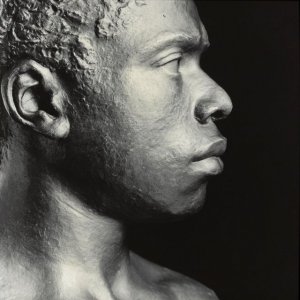
Postludes. The Late Style
No. 18 (2018)edited by Alessandro Baldacci (University of Warsaw), Amelia Valtolina (Università degli Studi di Bergamo)
-
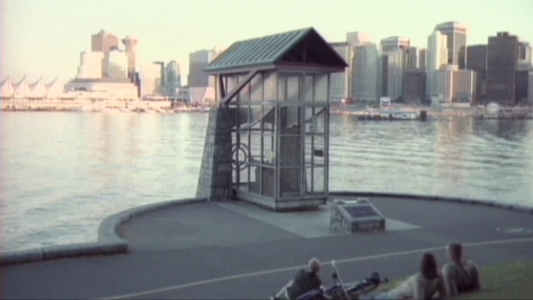
Tempo e visione filmica
No. 14 (2016)a cura di Stefano Ghislotti (Università degli Studi di Bergamo), Elisa Pezzotta (Università degli Studi di Bergamo)


